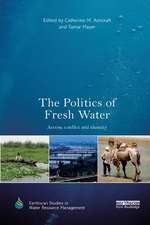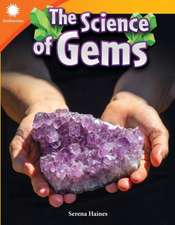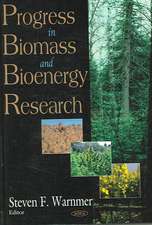Hazardous Organic Pollutants in Colored Wastewaters
Autor Natalija Koprivanac, Hrvoje Kusicen Limba Engleză Paperback – 4 mai 2009
Preț: 301.14 lei
Preț vechi: 406.73 lei
-26% Nou
Puncte Express: 452
Preț estimativ în valută:
57.63€ • 60.59$ • 47.61£
57.63€ • 60.59$ • 47.61£
Carte disponibilă
Livrare economică 27 martie-10 aprilie
Preluare comenzi: 021 569.72.76
Specificații
ISBN-13: 9781604569360
ISBN-10: 1604569360
Pagini: 81
Ilustrații: tables & charts
Dimensiuni: 226 x 158 x 8 mm
Greutate: 0.18 kg
Editura: Nova Science Publishers Inc
Locul publicării:United States
ISBN-10: 1604569360
Pagini: 81
Ilustrații: tables & charts
Dimensiuni: 226 x 158 x 8 mm
Greutate: 0.18 kg
Editura: Nova Science Publishers Inc
Locul publicării:United States
Cuprins
Preface; Introduction; Coloured Wastewater; Wastewater Treatment Methods; Advanced Oxidation Processes; Coloured Wastewater Treatment by AOPS: ; A Review of Recent Studies; Fenton Type Processes; UV {XE "UV} based Processes; UV {XE "UV"} Photolysis; Photochemical Processes; Photocatalytic Processes; Ozone-based Processes; High Voltage Electrical Discharge Processes.





















